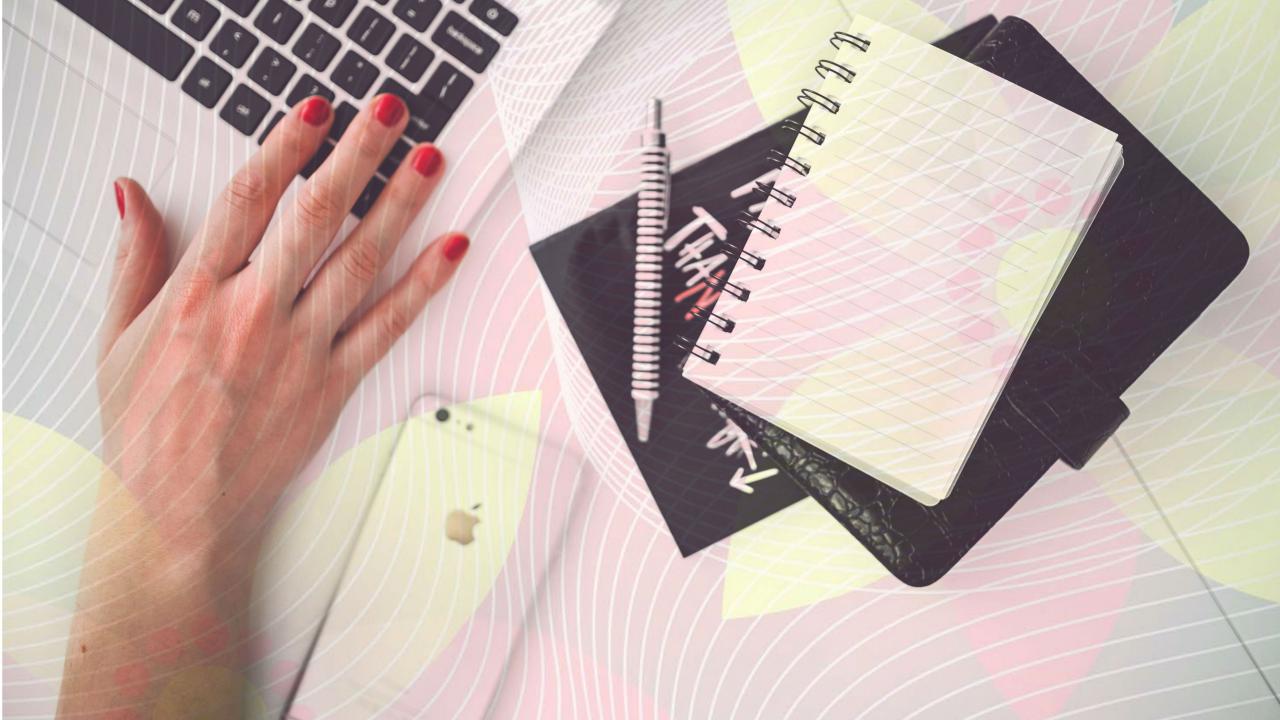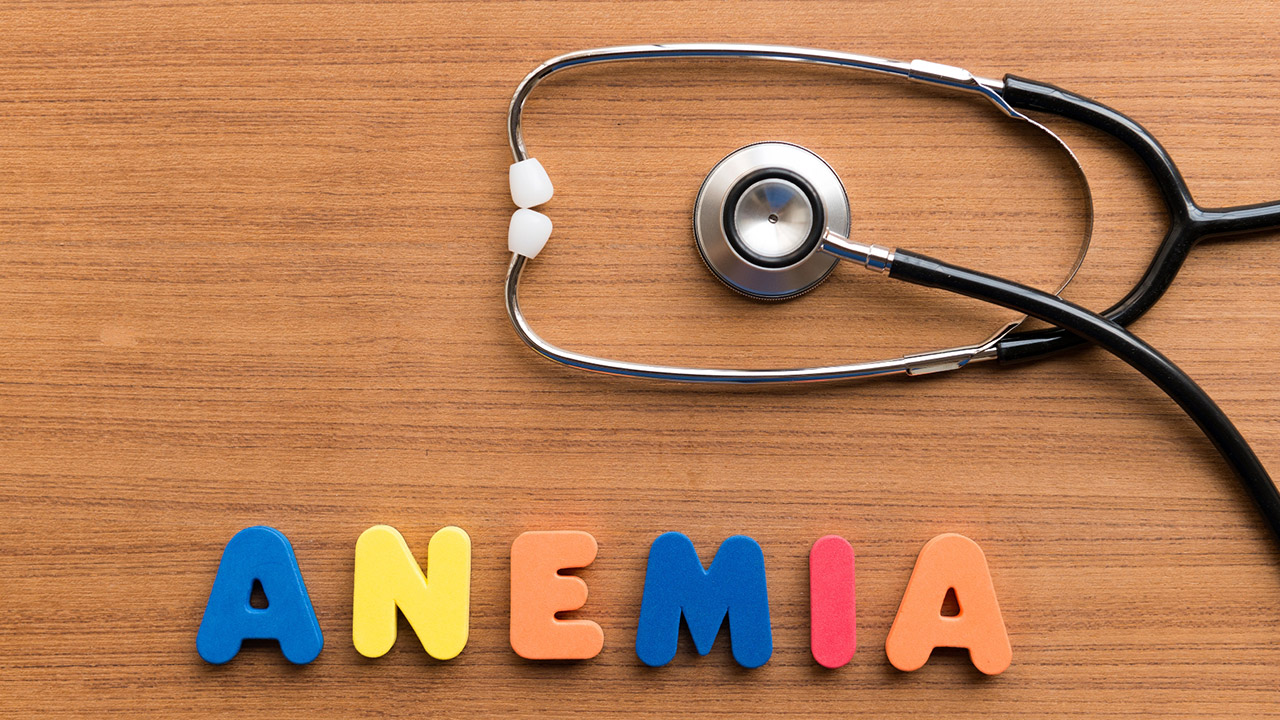Most of us understand the feeling of anxiety in our daily lives. From the time we are young, certain situations create anxiety within us, cause us to feel the need to retreat (called the "flight" response) or to lash out, almost in a panic (called the "fight" response).
The "fight-or-flight" response is typical of the experience of anxiety and, in most people, will occur with some regularity throughout the course of their lives.
Typical situations in which people find themselves feeling anxiety are related to situations in which there is an unknown outcome, a good deal of social expectation, a prolonged period of stress, and a combination of these.
Sometimes a lack of sleep, poor diet, including stimulants such as sugar, caffeine, chocolate and soda can tip you over the edge from feeling a little nervous to feeling extremely anxious. Some of these "typical" anxiety-provoking situations would include: a new place, such as a new school, a new job, a new home, a new town, city, country, etc.
Newness in relationships and people can trigger anxiety as well: new relationships with family and lovers, new parenthood, new marriage, etc. Pressure associated with job performance, evaluations, observations, or school-related performance such as test taking, comprehension and, at every age, public speaking always tops the list of anxiety triggers for people -- whether you're being called on to answer a question in the fourth grade or giving a presentation to your law firm.
The difference between these regular, every-day experiences of anxiety and anxiety disorders is that the latter provoke responses which make it very difficult for people to function with any fluidity or stability in their lives.
Panic disorder can prevent someone from being able to drive, for example. Obsessive-compulsive disorder may make it extremely difficult for someone to feel they are able to use any public restroom or even leave their house. Someone with social anxiety may lose their job or drop out of school.
Anxiety disorders affect about 19 million adult Americans, according to WebMD. Most anxiety disorders begin in childhood, adolescence, and early adulthood. They occur slightly more often in women than in men, and occur with equal frequency in whites, African-Americans, and Hispanics.
Anxiety disorders come in specific types. They can overlap and run into one another.
There are no concrete boundaries when it comes to each individual's unique experiences. However, these types are officially designated by the DSM in the following ways:
Generalized Anxiety Disorder - a general feeling of anxiety, dread or despair despite there being little to provoke this anxiety.
Obsessive-Compulsive Disorder (OCD) - a pervasive and incessant group of phobias and fears that can morph and change. The classic is the fear of germs and illness, provoking constant in appropriate and sometimes harmful handwashing.
Panic Disorder - a condition in which absolute and sometimes paralyzing terror can strike seemingly out of nowhere, in perfectly "normal" situations, without warning. Symptoms include sweating, irregular heartbeat and a feeling of choking.
Post-Traumatic Stress Disorder (PTSD) - emotional numbness combined with haunting feelings and thoughts, sleep disturbances, nightmares and obsessive recollections. This condition can follow a traumatic such as an assault of any kind, war, robbery, etc.
Social Phobia (or Social Anxiety Disorder) - insecurity to the point of social paralysis or not feeling able to cope with school, work, family life, or any situation in which one will be out and about with other people. Terrifying thoughts of saying and doing the wrong thing, being ostracized or left out, abandoned, mistreated, yelled at or punished,plague people with this condition.
Treatment of anxiety disorders usually involves either medication, talk therapy, relaxation techniques or a combination of these. Talk therapy can also involve something called "cognitive behavioral therapy" in which the person is given wonderful coping skills to gain control of the debilitating thoughts, feelings and symptoms associated with their anxiety.
Learning to recognize triggers, talking oneself down, seeing oneself as empowered and capable of "beating" the anxiety itself are very important in healing, recovering and living life to the fullest, all of which are possible even if anxiety disorders are present.
Aimee Boyle is a regular contributor to EmpowHER.
Sources:
Anxiety Disorders. National Institute of Mental Health
Retrieved from the internet on December 27, 2011
http://www.nimh.nih.gov/health/topics/anxiety-disorders/index.shtml
Anxiety and Panic Disorders. Anxiety Disorders
WebMD. Retrieved from the internet on December 27, 2011
http://www.webmd.com/anxiety-panic/guide/mental-health-anxiety-disorders
Reviewed December 27, 2011
by Michele Blacksberg RN
Edited by Jody Smith





Add a CommentComments
There are no comments yet. Be the first one and get the conversation started!